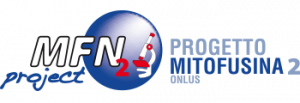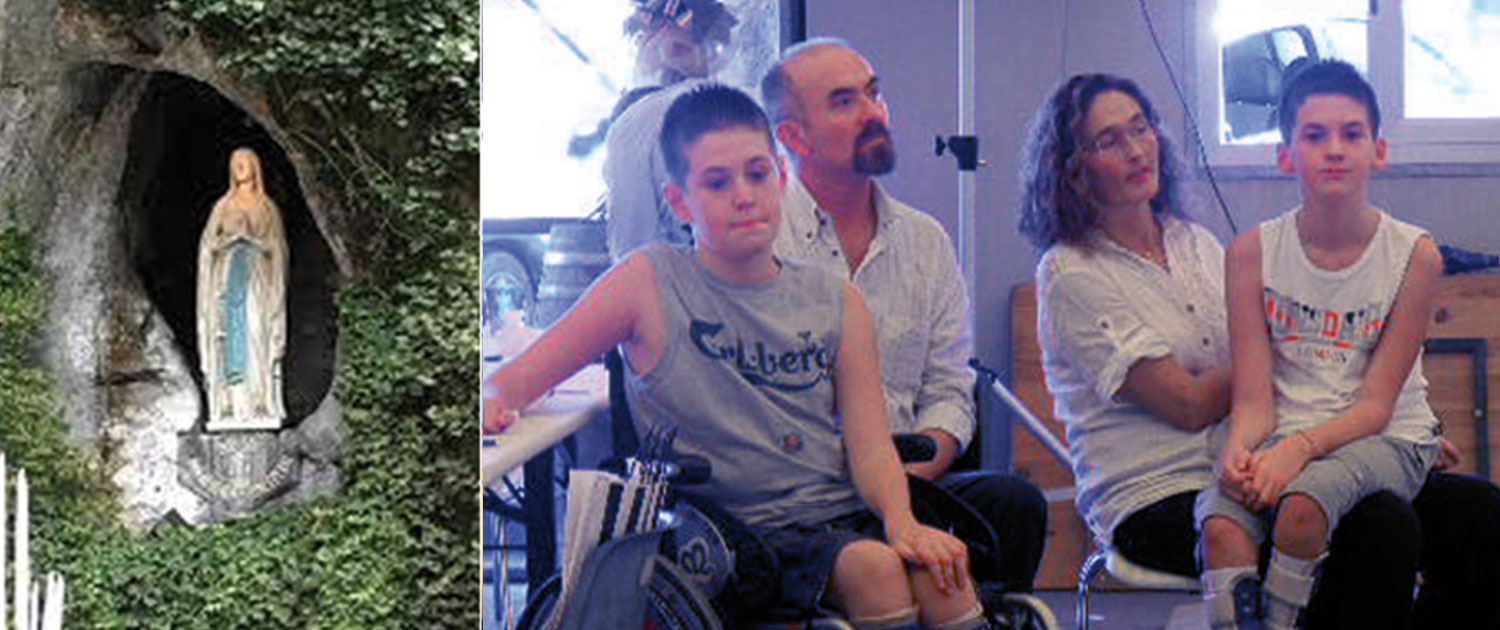La storia di una famiglia
Hello everyone. My name is Annamaria and I live in Rignano sull’Arno (near Florence).
It all began back in May 1996.
My son Riccardo (23 months old at the time) fell, but as he stood up again he started limping. Our paediatrician suggested a day patient admission at Mayer hospital in Florence, because my husband was diagnosed with a rare disease affecting motor functions back in 1992. The doctor also told us about the risk of a hereditary transmission being minimal, because I am perfectly healthy. However, just to get rid of any doubts, we opt for the day patient admission.
At the hospital, everybody kept telling me that it is natural for children to fall until the age of 3. However, doctors suggest further investigation and schedule an electromyography in 7 months.
At the time I was pregnant with my second child, so when Riccardo took his electromyography Luigi was just 3 months old. As the results came in, the doctor told me that Riccardo was suffering from the same pathology as his father. As soon as I was in my car, I cried a river out of frustration.
At the Mayer hospital the neurologist advised us to test Luigi for the same disease as soon as he turned 2.
Visits, exams, more visits and more exams. As Riccardo turned 3 and a half we decided to use orthopaedic leg supports to help him stand.
When Luigi turned 2 we got him tested with an electromyography, which proved negative. I cried again, but out of joy that time. However, the neurologist at Mayer told me it was too early to confirm that the child is healthy. We tested him again, when he was 3. The exam result this time was positive.
We consulted doctors in every corner of Italy to get a precise diagnosis, or at least an explanation about how this could have happened, but got no answers.
Finally, in 2005, something happened. My mother was reading a local newspaper and found an article about the role of stem cells in muscular dystrophy. The article mentioned Nereo Bresolin, professor at Università degli Studi di Milano and head physician at the Ospedale Maggiore. We scheduled a meeting with the doctor.
In 2007 Riccardo was tested with a muscular biopsy in Milan, and we finally got a diagnosis: Mitofusin 2 gene mutation, both for my husband and my children.
Since then, we have regular check-ups at the Istituto Eugenio Medea in Bosisio Parini (near Lecco), where professor Bresolin serves as scientific director. Despite all check-ups and examinations there is still no cure for the disease, which keeps evolving making our lives more difficult.
In 2008 we went to Lourdes to celebrate the 150th anniversary of the first apparition. On the very last day, during the closing ceremony, something extraordinary happened: Our Lady led me to cross paths with Luisa, another mum. I was wheeling Riccardo’s wheelchair and she was wheeling her daughter, Giovi. She stopped me because she had never seen a child so similar to her daughter, with the same wheelchair type and the same orthopaedic shoes. We decided to keep in touch, so we exchanged our numbers and I gave her professor Bresolin’s contact details.
Back in May 2010, while we were at the Eugenio Medea centre for some check-up visits, Luisa called me and told me that her daughter Giovi finally got her diagnosis: Mitofusin 2 mutation! We both cried.
It all happened because we met in Lourdes for the celebration of the 150th anniversary of Our Lady’s first apparition. I am not alone anymore. Luisa and I have been in touch for 3 years now. We do our best to raise funds for the research, supporting each other and never giving up hope.




